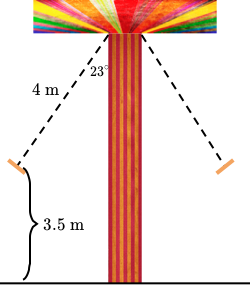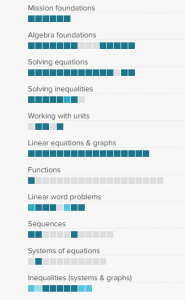Round your final answer to the nearest hundredth.

Round your final answer to the nearest hundredth.

“The shortest distance between two people is a story.” ― Patti Digh

For past weeks, my math class has been working on inequalities. We have been focusing on this lesson for quite a few weeks. So, an inequality is a statement which indicates that one quantity is greater than or less than another. We can write the statement using symbols such as “<“, “>”, “≥”, and “≤”. But, this concept has gotten deeper rather than just 1 < 2. However, we have done lots of activities associated with inequalities such as Inequalities word problem, Two-step inequalities, compound inequalities; furthermore, we also looked at inequalities systems and graphs which includes Graphs of Inequalities, Systems of inequalities graphs…etc. On the other hand, we’re not just learning in a textbook, but all of these activities come from Khanacademy.org website which allows us to practice lots of math in an efficient way.


